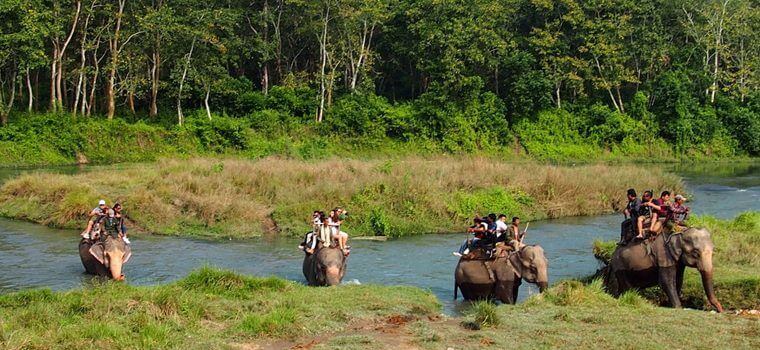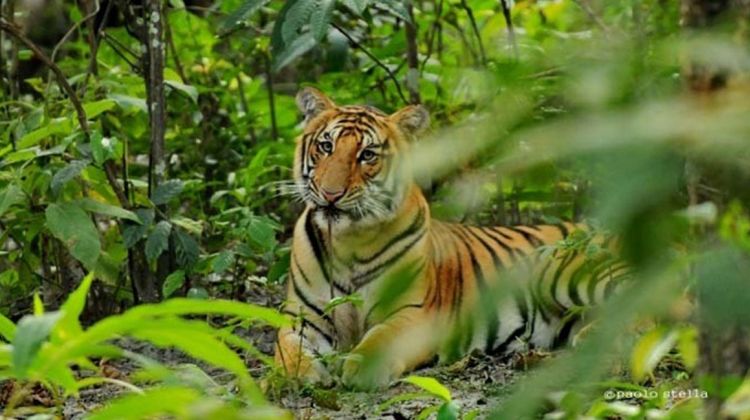Chitwan National Park
Description
Chitwan National Park is the first step that Nepal has taken for the protection of the wildlife and nature. Located in the subtropical part of the inner Terai lowlands of south-central Nepal, the national park of Chitwan covers a region of 952.63 sq. km. spreading over the districts of Nawalparasi, Parsa, Makwanpur and Chitwan itself. The place received the status of UNESCO World Heritage Site in 1984, and ever since that, Chitwan National Park has been getting the footfalls of the nature lovers and wildlife enthusiasts from all over the world. The wide range of vegetation in Chitwan is home to more than 700 species of wildlife. The population of avian creatures in Chitwan National Park makes it a paradise for the bird-enthusiasts too. It is the home to many native Indian, as well as rare and migratory species of birds.
How To Reach
To reach Chitwan National Park, first one has to take a flight to Tribhuvan International Airport in Kathmandu. From Kathmandu, it takes 5h to cover a distance of 170km to reach Chitwan National Park.
Best Time to Visit
The best time to visit Chitwan is from October to March, when skies are relatively clear and the weather turns cooler and more pleasant. However, the best time to see animals is late January to March when the villagers remove the towering phanta grass that improves visibility considerably.
Chitwan also receives heavy rainfall during the months of Monsoon when Jeep safari becomes practically impossible.
Hotel Range
Nepalese rupee is the currency in Nepal.
Rs.2500/- to Rs.4500/- average price range per room per night excluding Tax and GST.
Tips
 Explore the National Park on a jeep safari. The jeep safari will also take you to the Gharial Crocodile Breeding Center.
Explore the National Park on a jeep safari. The jeep safari will also take you to the Gharial Crocodile Breeding Center.
 Go for bird watching, jungle walking, and canoe riding and experience the obvious elephant back safari.
Go for bird watching, jungle walking, and canoe riding and experience the obvious elephant back safari.
 Visit the village of Tharus, the original residents of this place. The village can be explored on foot or on you can go by the famous and traditional ox-cart ride.Visit the Tharu Cultural Museum and see theTharuyoung locals, in their bright and colorful traditional costumes, dance to their folk music.
Visit the village of Tharus, the original residents of this place. The village can be explored on foot or on you can go by the famous and traditional ox-cart ride.Visit the Tharu Cultural Museum and see theTharuyoung locals, in their bright and colorful traditional costumes, dance to their folk music.
 Do visit the BishHazariTaal or the 20 Thousand Lake. The lake is a nesting and breeding ground for many native and migratory birds that you have never seen before.
Do visit the BishHazariTaal or the 20 Thousand Lake. The lake is a nesting and breeding ground for many native and migratory birds that you have never seen before.
© 2024 Weekend Trips. All Rights Reserved By Ace Financial Services - WeekendTrips. Powered By Creative Q.




